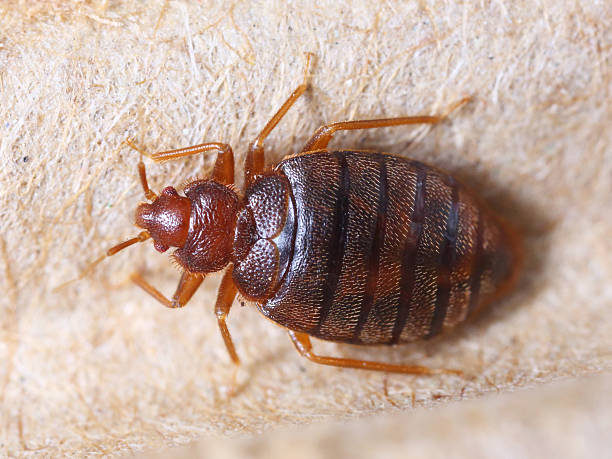Bedbugs, unwelcome nocturnal companions of humanity, have a history stretching back over 100 million years. Surprisingly, these pests existed alongside dinosaurs, serving as parasites to other species long before humans appeared.
The University of Sheffield (England), in collaboration with international researchers, delved into the DNA of numerous bedbug species (Cimex lectularius). Initial assumptions pointed to bats as the first hosts some 50-60 million years ago. However, a comprehensive study aiming to unveil the evolutionary ties between bedbugs and humans revealed their existence 50 million years ago.
Over a 15-year period, a dedicated research team gathered samples from museums, African caves, and bird nests in Southwest Asia. Dr. Stephen Roth, leading the study at the University of Bergen Museum (Norway), notes, “The first big surprise was the discovery that bedbugs are much older than bats, which were considered their first hosts.” Equally surprising was the revelation that early bedbugs were already specialized for a specific host, although the identity of that host during the era of Tyrannosaurus rex remains unknown.
The researchers further discovered that the common and tropical bed bugs, two widespread human parasites, evolved long before humans. Bedbugs, evolving approximately every half a million years, don’t always become specialized for a new host but retain the ability to revert to their original host.
Exploring the evolutionary history of bedbugs provides insights into the traits that make them successful pests and vectors of diseases. Understanding these aspects will be crucial in population control, contributing significantly to preventing the transmission of diseases carried by these insects.










